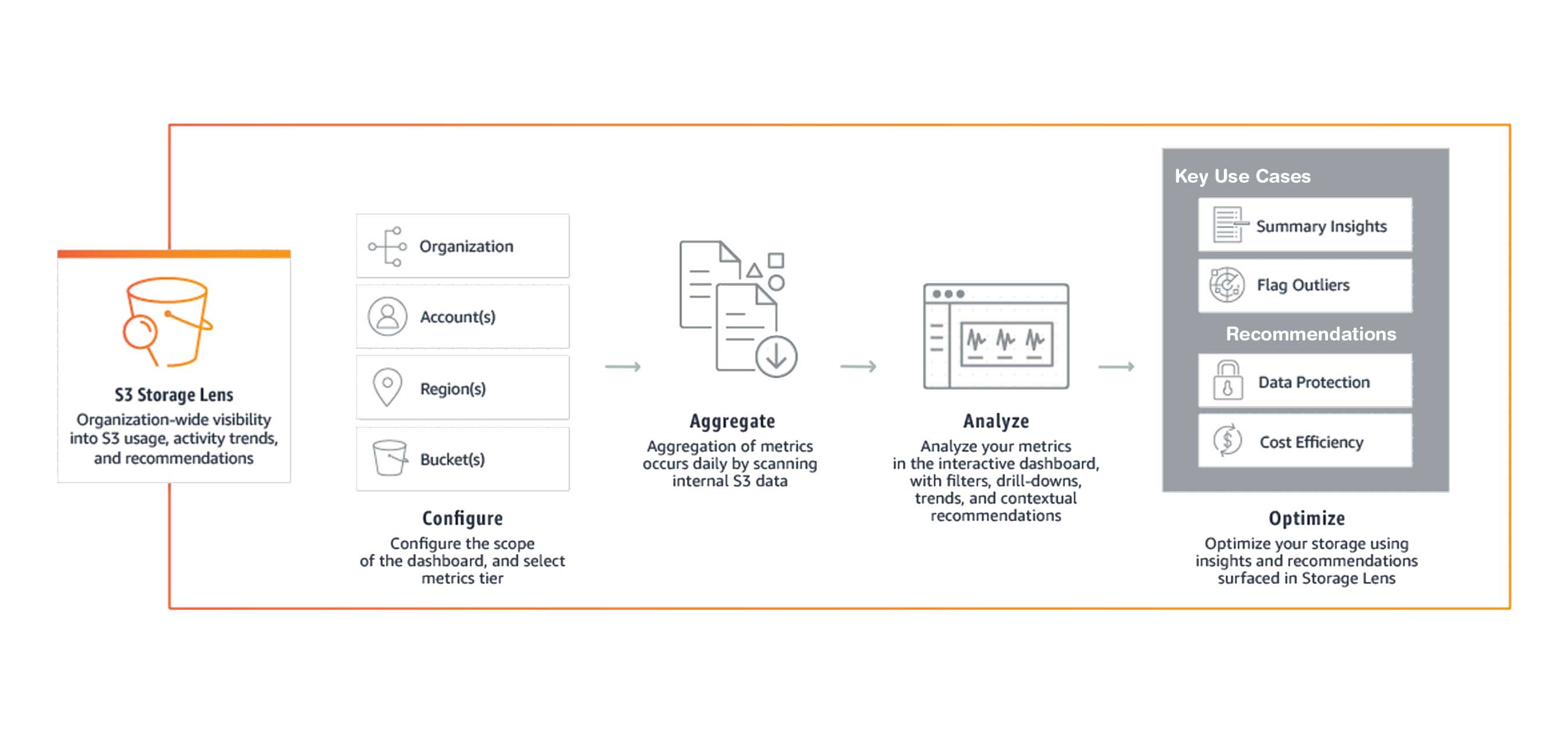How sync your inventory with AWS S3?
- Published :3/6/2021 4:00:00 PM .Mar.6
- Authors :Farhad Khaleghi
- Last update :

An AWS system manager inventory is a useful element for a business as it allows you access to your Amazon E2C and various computing settings. The inventory can be used for the collection of metadata from the instances managed by your system. And this metadata is stored in the Central Amazon Simple Storage Service (Amazon S3) bucket. After the successful storage of the metadata, the in-built tools can be used for querying the data and get solutions for different conditions in your system. Like in which instances there should be an update, by which instances the software is running, and more.
For your different system manager inventory, you need to configure it by specifying the metadata type to be collected, the instances for the collection of the metadata, and the metadata collection schedule. And the configuration can be saved easily in your AWS account. You only need a one-click procedure to get your inventory configured for all sets of instances managed by your system. From multiple types of AWS accounts and regions, the inventory can be configured and data can be viewed easily.
You can also create a custom inventory which is nothing but a JSON file in which the data is only which is provided manually.
The setting up of your system manager inventory
The systems Manager resource data sync can be used for sending all the inventory data collected from the various managed instances to a particular Amazon Simple Storage Service (Amazon S3) bucket. When there is any type of new inventory data is collected by the system the resource data sync updates automatically the centralized data. Thus when you have all the target S3 bucket with all the inventory data stored in various services like Amazon Athena and Amazon Quick sight can be accessed easily.
If in any system the resource data sync is not configured then it becomes difficult for a business to work smoothly. You need to collect the entire inventory data for every type of instance manually or in different scripts required to be created for the gathering of the information. And the process becomes quite complex, when analyzing the data and to run the queries you need to port the manually collected information in any other application. That is why the easiest way to manage the inventory successfully is to sync it with AWS S3.
Through the resource data sync, there is only a one-time procedure to synchronize the inventory data from various managed instances and you just need to relax as it will take care of not only the data stored in it but also automatically update the S3 bucket on the arrival of any new inventory data. And in a high cost-effective method, you can your inventory sync with AWS S3 and further, the data is used for various analyzing and other processes. If you want the synchronization of the inventory data from different AWS regions try to create the resource data sync in all of the various types of Regions.
If any of the managed instances are deleted the synchronization helps in preserving the inventory file for the instance that had been deleted. It also overwrites the old inventory files whenever there is any type of new inventory file created and updated in the S3 bucket.
What if you are a beginner?
It is an easy process to get your inventory synced with the AWSS3 but you need to follow the procedure to create resource data sync with the help of the Amazon S3 and AWS system Manager Consoles.
In the first step, before creating the resource data sync the Central S3 bucket has to be created for the storage of the aggregated inventory data. A bucket policy has to be assigned through which the system manager is enabled to write inventory data into the bucket from various accounts.

For a beginner, it can be a difficult process and they need the guidance of an expert to help them through the procedures and understand the S3 bucket policies for the effectiveness of the functionalities of the inventory.
At Vegarise, we ensure you have the best and skilled professionals who can help you at every step, starting from creating and configuring the S3 bucket to creating resource data sync for the inventory. You never have to worry when you have the right guidance for your business. Contact us right away to get more details.
Comments (0)